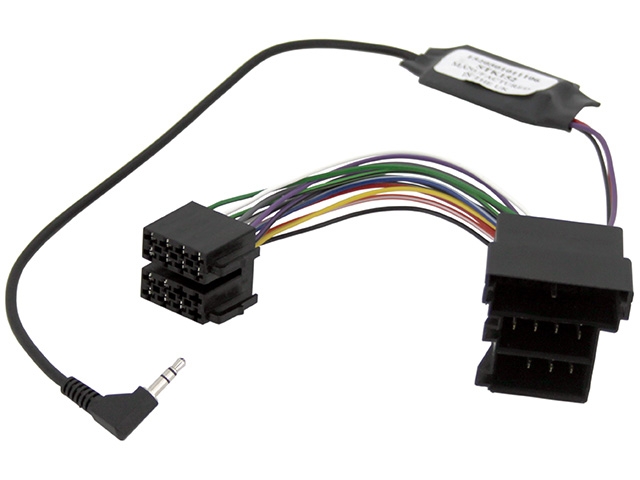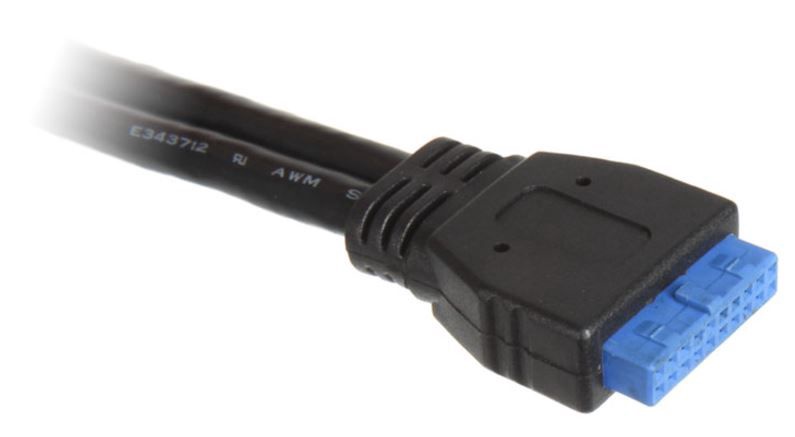
7"dvigubas 2din Automagnetolos Dvd Grotuvas, Navigacija, Bmw E90/e91/e92/e93 Gps,bt,dab,usb,sd,dtv Swc Rds Am/fm Cam Mirrorlink žemėlapio Cd Išpardavimas! > Automobilių Pažangi Sistema / Vaisinetropikai.lt

LANSRC04, Nissan automagnetolos jungties perėjimas į ISO | Jungtys automobilių-ISO | Oficialus JVC, Kenwood atstovas Lietuvoje - gerų kainų parduotuvė

LAOPRC01, Opel, Suzuki automagnetolos jungties perėjimas į ISO | Jungtys automobilių-ISO | Oficialus JVC, Kenwood atstovas Lietuvoje - gerų kainų parduotuvė

Kabelis suvirinimo viengyslis KG 1 x 16 mm gumuotas Elpar IŠPARDUOTA. Jupoja - ir remontui ir statybai, prekės sodui, daržui, namams ir buičiai. Elektra, dažai, santechnika, šildymas, vėdinimo prekės, įrankiai, tvirtinimo detalės.

Elektromobilio įkrovimo kabelis DELTACO Type 2 - Type 2, 3 fazių, 16A, 11KW, 5m / EV-3215 - Topocentras

UNI-SWC.2 universalus magnetolos valdymo ant vairo adapteris | Valdymo ant vairo | Oficialus JVC, Kenwood atstovas Lietuvoje - gerų kainų parduotuvė
















